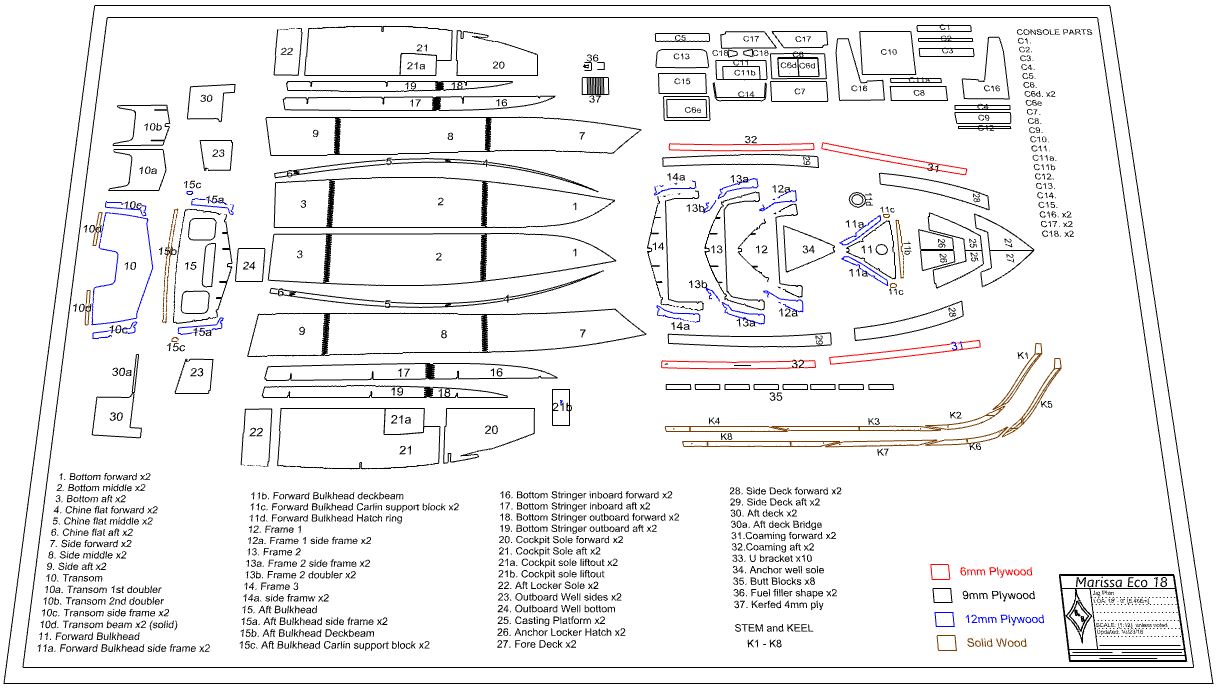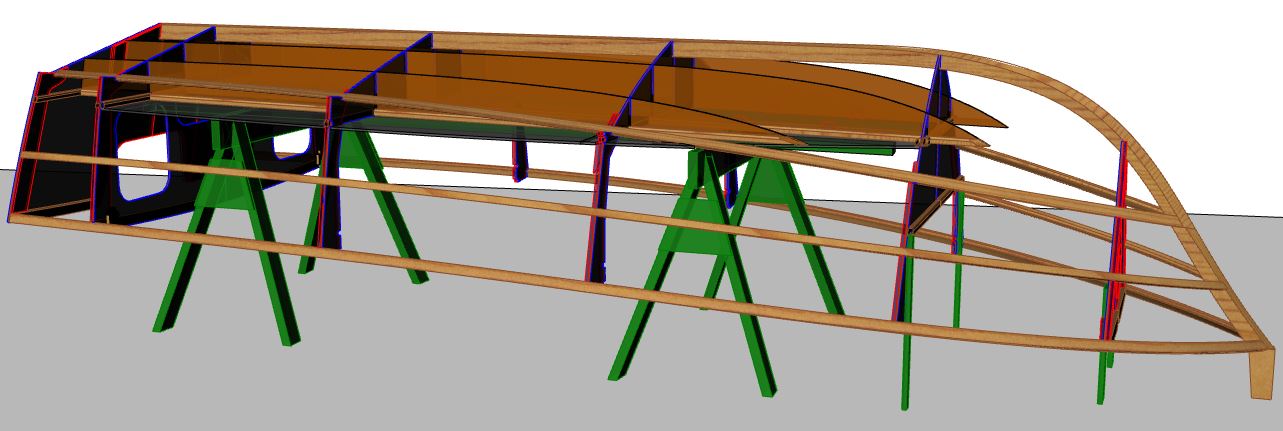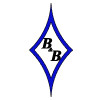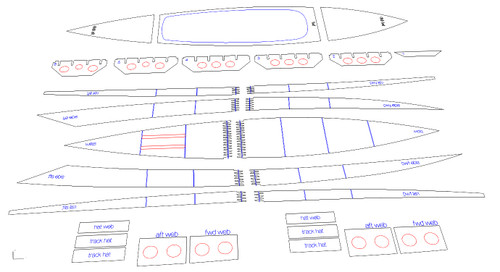Product Description
The drawing below shows all of the plywood parts for the Marissa CNC kit. The kit uses 17 sheets of 3/8″ (9mm), 1 sheets of 1/4″ (6mm) and one sheet of 1/2″ (12mm). All plywood is BS1088 Okoume. The kit includes all of the hull pieces, (with all frames, stringers, floors etc.) including the stem and keel and the center console. 
Note that the kit incudes some but not all of the solid wood required to complete the build because shipping solid wood in these long lengths is expensive and unnecessary since timber is almost always readily available locally to the builder. These include the side stringers, inwales, rub rails and stiffening cleats. These are locally sourced by the builder, ripped to size and scarfed to length. For a list of this material see the Marissa solid stock cut list.
An epoxy and glass kit is offered separately, this kit includes only the plywood and select cnc cut timber parts.
The Kit is built on the cockpit sole where the frames fit into slots in the sole and the bottom stringers and keel slot into the frames. Below, the Marisa Jig setup is very modest. A pair of saw horses and a few stiff legs do the job and 2x4 runners support the bulkheads.

Famously, Graham built Hull #1 on two 55 gal drums (below). 
The details below show the unique step chine construction that we developed for this design. Instead of the chine log set “normal” to the side surface as is normally done, we set a chine batten “normal” (flat) to the bottom surface. This eliminates all beveling of the chine and gives a strong anchor to clamp or fasten the bottom to while the epoxy dries. The chine flat shape has been calculated and is machine cut or traced from the full size templates and rests on the frame flats until they are filleted. The side panels lay up to the chine flats and are trimmed to the flats after the glue dries. This method beside being fast to build will make for a very fair chine line and fairs right into the bow eliminating an unsightly unfair bow profile.

Hull #55 receives her flotation foam. The cockpit slopes aft and is self draining through transom scuppers.















